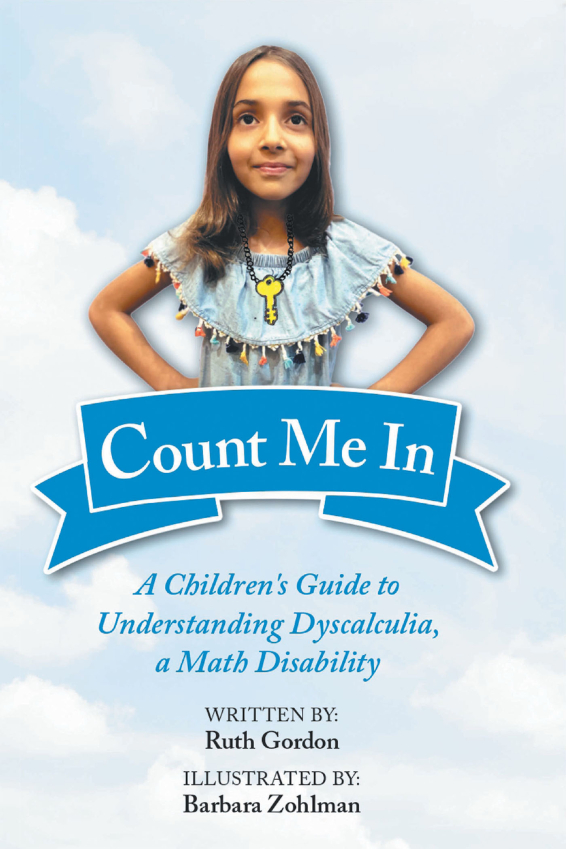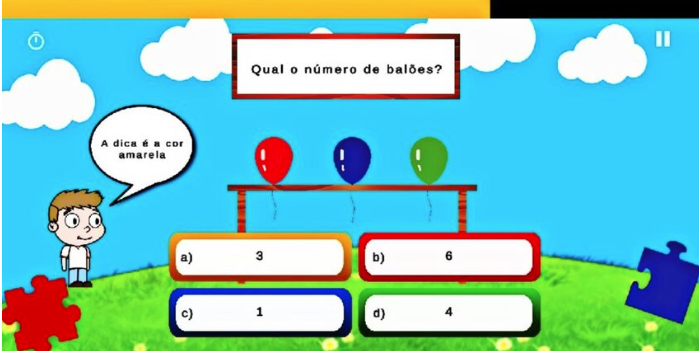Let’s start this post with an example.
Sam is a 4-year-old boy who goes to preschool five days a week. Every day the students have free play time at their school playground, where kids take turns going on the swing. While most kids in the group patiently wait for their friends to get off the swing before their turn, Sam, on the other hand, struggles to wait and gets cranky and upset when told to do so. In addition, unlike most of his peers who manage to use the toilet on their own, Sam still needs assistance. Lacking these skills at his age has become quite a hindrance in Sam’s ability to work independently, and hence, he can be seen falling behind his peers.
Adaptive skills like the ones mentioned above are essential practical skills that an individual must learn to navigate through everyday life independently. These skills are learned over time, and most kids get better with time and practice. However, some kids like Sam need more time than usual to refine these skills and make themselves capable of self-care and following social rules. But why do some kids attain these skills early on while others take longer? Challenges like learning difficulties and disabilities often hinder a child’s ability to develop adaptive and other skills.
Thankfully, the school’s special education department looks after and ensures struggling kids learn their age-appropriate skills and meet their academic levels through timely intervention. By creating an effective Individualized Education Program (IEP) for every student with a learning difficulty and setting individualized goals, teachers and parents can plan a strategic approach to address the challenges of special needs students.
Today we are going to talk specifically about adaptive skills and the relevant IEP goals that teachers can set so that the child picks up basic adaptive behavior and progresses as per their age and developmental level.
Identifying and assessing adaptive skills
Before putting up an IEP in place for a student, it is vital to learn which adaptive skills they’re having trouble with. While adaptive skills vary depending on the child’s age, here are a few examples of adaptive skills desired in kids aged 3-5.
Self-care: Dressing up, brushing teeth, washing hands, and using the bathroom independently.
Communication: Expressing thoughts and feelings, following directions, interacting with others, etc.
Problem-solving: Ability to problem-solve before seeking help.
Social: Taking turns, sharing, cooperating with peers, etc.
Safety: Recognizing dangerous situations, and knowing how to ask for help.
Daily living: Helping set up the dinner table, cleaning up after play, helping with meal preparation, and so on.
Teachers can assess a child’s current level of adaptive skills by using an adaptive skills checklist which provides a clear idea of what skills they must have and which ones the child needs help with. A simple assessment involves recording observations in a chart or a notebook and noting the number of times the child displays the appropriate skill level within a specific period. After the assessment, the school team, parents, and caregivers can come together to discuss the child’s strengths and weaknesses and determine achievable goals for the child to work on.
Writing adaptive skills goals for IEPs
Before writing adaptive skills goals for a child with special needs, remember that IEP goals are always student-specific, and each goal must follow the SMART approach. As in, the goal must be Specific, Measurable, Attainable, Relevant, and Time-bound.
Make sure you consider the child’s challenges, needs, and how their disability is impacting them. Talk to the parents to understand how they’re helping the child learn these skills at home. Ask for their input on what’s working and what’s not. This will help you devise effective strategies to support the child throughout the academic year.
Wondering how many goals an IEP must have? While there is no set number of goals that must be included, usually, every IEP has at least 2-6 goals for the child to work on. To help you get a better idea, we have shared some examples of IEP goals relating to adaptive skills:
1. By the end of this school term, the child will put on/off a coat independently when instructed by the teacher in the classroom 4 out of 5 times and measured by the teacher on different occasions using the adaptive skills checklist.
2. By the end of this school session, the student will wash his hands and dry them using a tissue every day in school when asked to do so by the teacher.

3. By (date), the child will eat appropriately with a spoon in the school cafeteria 90% of the time, as evaluated by the teacher on random occasions through observation and charting.
4. By the end of the first term, the student will wait for his turn in the playground to use the play equipment 8 out of 10 times and listen every time the teacher gives a verbal prompt to wait to let the other student finish.
5. By the end of this academic session, the student will convey his needs and wants to the teacher or the class aid through verbal and non-verbal communication 9/10 times on multiple occasions while at school, which will be measured through teacher observation and noted in the student chart.
6. When given a task during classroom instruction, the child begins working on the task in a minute or two with one additional prompt from the teacher on 90% of opportunities when measured by the teacher on seven observation days before the term concludes.
7. Before the first term concludes, the student will be able to open a glue bottle independently, press the bottle to spread glue on paper, and close the bottle after use in 7 out of 10 observations made by the teacher during a gluing and sticking activity conducted in the class.
8. The child will participate in group play and activities wherein he will cooperate, communicate, and share items with his peers without being disruptive in the classroom setting on 4 out of 5 occasions which will be observed and recorded by the teacher during the course of 5 evaluation days.
9. By the end of this school year, the student will independently use the toilet without assistance from the teacher or class aid each time he goes for a bathroom break which will be recorded in the chart for reference.

10. By (date), the child will pick up toys and put them back in place when instructed by the teacher during 8/10 clean-up tasks spread across a period of seven days, and the designated staff will evaluate the progress through observation.
Monitoring progress in adaptive behavior
Monitoring the child’s progress toward IEP goals is as crucial as establishing realistic and achievable goals. Periodic monitoring is of great value as it can assist you in identifying the effectiveness of strategies you’re adopting to bring a difference. By evaluating the child’s current performance level, you can confirm if your approach is helping the child or whether it needs a little tweaking.
Think of a child who finds it hard to put on a coat. While not so important in summer, this basic skill becomes extremely essential during fall and winter. If the child struggles with this basic skill and has it as an IEP goal, the teacher can provide ample opportunities to practice and then check periodically if there’s any progress. One way to evaluate progress is to break the task into several smaller tasks.
For example, wearing a coat involves –
- Holding the jacket near the neckline.
- Putting one arm into the sleeve.
- Pulling it to the top.
- Reaching out to the second arm.
- Putting the other arm in the sleeve opening.
- Bringing the coat all the way to the shoulder and adjust.
- Fastening the zipper.
Every time you test for progress, see how many sub-steps the child remembers and accomplishes perfectly. Also, check if the improvement you observed is just a one-time thing or if the child has successfully learned specific steps in the skill. Because then the child will easily accomplish the steps each time they’re asked to put on a coat. With time and regular practice, the child will master the skill, and frequent monitoring will empower you to provide the best support to the child.
Generally, the IEP team members decide how often teachers should measure progress for every IEP goal during various IEP meetings. The data collected is then studied cumulatively to understand how the child is progressing toward their goals. This data is then used to make a report which is shared with the child’s parents.
Final thoughts
IEP goals guide teachers to help their special needs students reach their best performance levels. It is often misunderstood that special needs students will always need help. But the fact is that most of them have the capability to learn, and all they need is some extra time, support, and effort to turn into self-reliant individuals. Another important point to note here is that practicing adaptive skills must not be restricted to the school premises.
In fact, teachers must collaborate with parents so they can take over the responsibility of supporting specific activities at home that are being taught in school. This gives the child frequent opportunities to practice the skill. With clear instruction, support, and lots of praise, a kid with an IEP targeting adaptive skills can learn to care for themselves and lead an independent and confident life.




